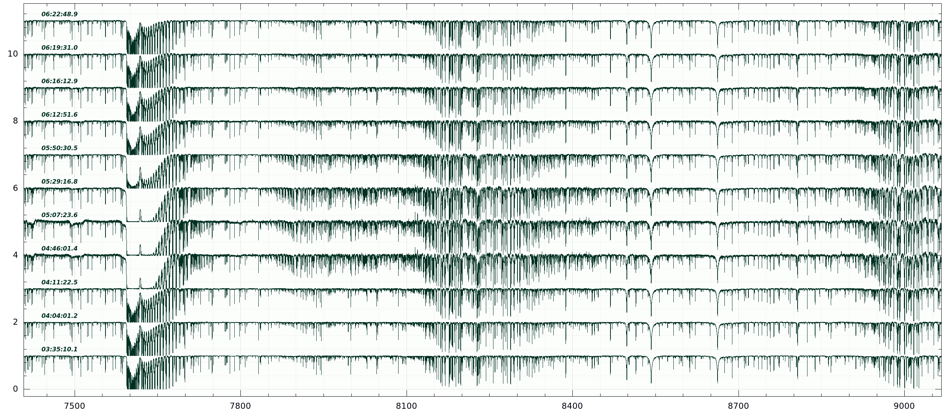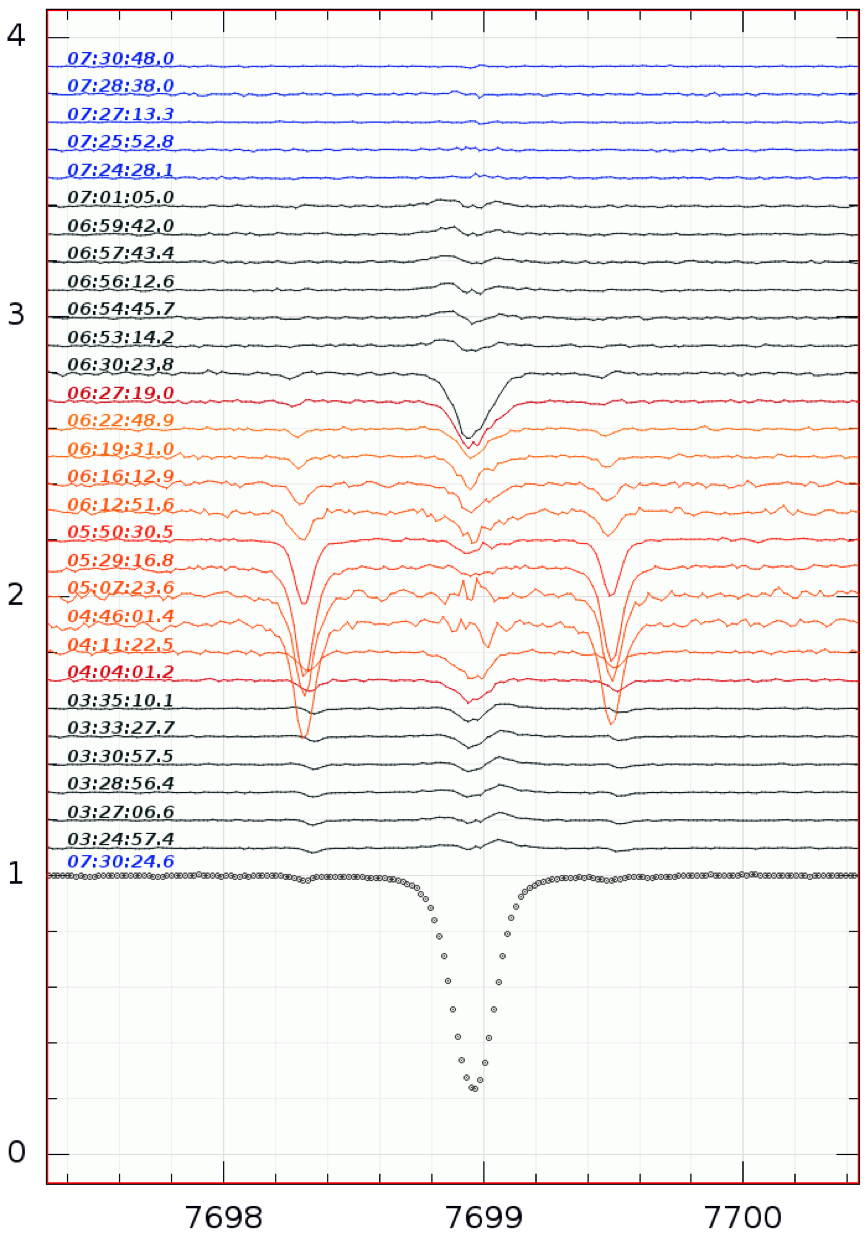Although it may have a difficult designation to remember, PSO J030947.49+271757.31, its importance is unique. It is the most distant Blazar observed to date. The light we see from it began its journey when the Universe was less than 1 billion years old, almost 13 billion years ago
PSO J0309 + 27 – in short - was discovered by a team of researchers led by Silvia Belladitta, a PhD student at the University of Insubria, working for the Italian National Institute for Astrophysics (INAF) in Milan, under the supervision of Alberto Moretti and Alessandro Caccianiga. While it was suspected that the object was distant, and observations from the Swift Space Telescope (of which INAF is a major contributor) showed its X-ray power matched that of other Blazars, it was the observations obtained with the optical Multi-Double Object Spectrographs (MODS) at the Large Binocular Telescope (LBT) that confirmed it indeed broke the record as the most distant Blazar in the known Universe.
PSO J0309 + 27 – in short - was discovered by a team of researchers led by Silvia Belladitta, a PhD student at the University of Insubria, working for the Italian National Institute for Astrophysics (INAF) in Milan, under the supervision of Alberto Moretti and Alessandro Caccianiga. While it was suspected that the object was distant, and observations from the Swift Space Telescope (of which INAF is a major contributor) showed its X-ray power matched that of other Blazars, it was the observations obtained with the optical Multi-Double Object Spectrographs (MODS) at the Large Binocular Telescope (LBT) that confirmed it indeed broke the record as the most distant Blazar in the known Universe.
Blazars are one of the brightest of a class of objects called AGN - or Active Galactic Nuclei - which are supermassive black holes (SMBHs) in the centers of galaxies. They are active due to the presence of a disk or sphere of ionized gas around them which "fuels" the emission seen at many wavelengths. Blazars emit powerful relativistic jets bright enough to be seen across the known Universe. The beam of a Blazar is only visible along a narrow line of sight. If the Earth is not within that line of sight, it would not be easily recognizable. Thus detecting objects can be extremely difficult (and fortuitous). But more importantly, this Blazar is one of the earliest, most distant SMBHs seen that is not obscured by dust (unlike most AGN). This allows astronomers to study this object across the entire electromagnetic spectrum and build a complete picture of its properties.
"The spectrum that appeared before our eyes confirmed first that PSO J0309 + 27 is actually an AGN, or a galaxy whose central nucleus is extremely bright due to the presence, in its center, of a supermassive black hole fed by the gas and the stars it engulfs, ”says Belladitta. "In addition, the data obtained by LBT also confirmed that PSO J0309 + 27 is really far away from us using the shift of the color of its light towards red or redshift with a record value of 6.1, never measured before for a similar object," adds Belladitta, first author of the paper describing the discovery, published today in the journal Astronomy & Astrophysics Letters.
PSO J0309 + 27 has therefore proved to be, at the moment, the most powerful persistent radio source in the primordial universe, within the first billion years since its formation. Observations taken by the XRT telescope on board the Swift satellite - a mission with a fundamental contribution by INAF and the Italian Space Agency - have also made it possible to establish that, even in X-rays, PSO J0309 + 27 is the brightest cosmic source ever observed at these distances.
"The spectrum that appeared before our eyes confirmed first that PSO J0309 + 27 is actually an AGN, or a galaxy whose central nucleus is extremely bright due to the presence, in its center, of a supermassive black hole fed by the gas and the stars it engulfs, ”says Belladitta. "In addition, the data obtained by LBT also confirmed that PSO J0309 + 27 is really far away from us using the shift of the color of its light towards red or redshift with a record value of 6.1, never measured before for a similar object," adds Belladitta, first author of the paper describing the discovery, published today in the journal Astronomy & Astrophysics Letters.
PSO J0309 + 27 has therefore proved to be, at the moment, the most powerful persistent radio source in the primordial universe, within the first billion years since its formation. Observations taken by the XRT telescope on board the Swift satellite - a mission with a fundamental contribution by INAF and the Italian Space Agency - have also made it possible to establish that, even in X-rays, PSO J0309 + 27 is the brightest cosmic source ever observed at these distances.
“From these new LBT observations, still under development, we also estimate that the central engine that powers PSO J0309 + 27 is a black hole with a mass equal to about a billion times the mass of our Sun. Thanks to our discovery, we are able to say that already in the first billion years of life of the universe, there existed a large number of very massive black holes emitting powerful relativistic jets. This result places tight constraints on the theoretical models that try to explain the origin of these huge black holes in our universe" concludes Belladitta.
Science contact Silvia Belladitta silvia.belladitta@inaf.it
Media contact at INAF (Italy) ufficiostampa@inaf.it
Media contact at LBT (Arizona) pr_officer@lbto.org
Science contact Silvia Belladitta silvia.belladitta@inaf.it
Media contact at INAF (Italy) ufficiostampa@inaf.it
Media contact at LBT (Arizona) pr_officer@lbto.org
INAF press release: https://www.media.inaf.it/2020/03/06/blazar-da-record/
Publication:
S. Belladitta, A. Moretti, A. Caccianiga, C. Spingola, P. Severgnini, R. Della Ceca, G. Ghisellini, D. Dallacasa, T. Sbarrato, C. Cicone, L. P. Cassarà, and M. Pedani. link to the pdf version
A&A 635, L7 (2020)



